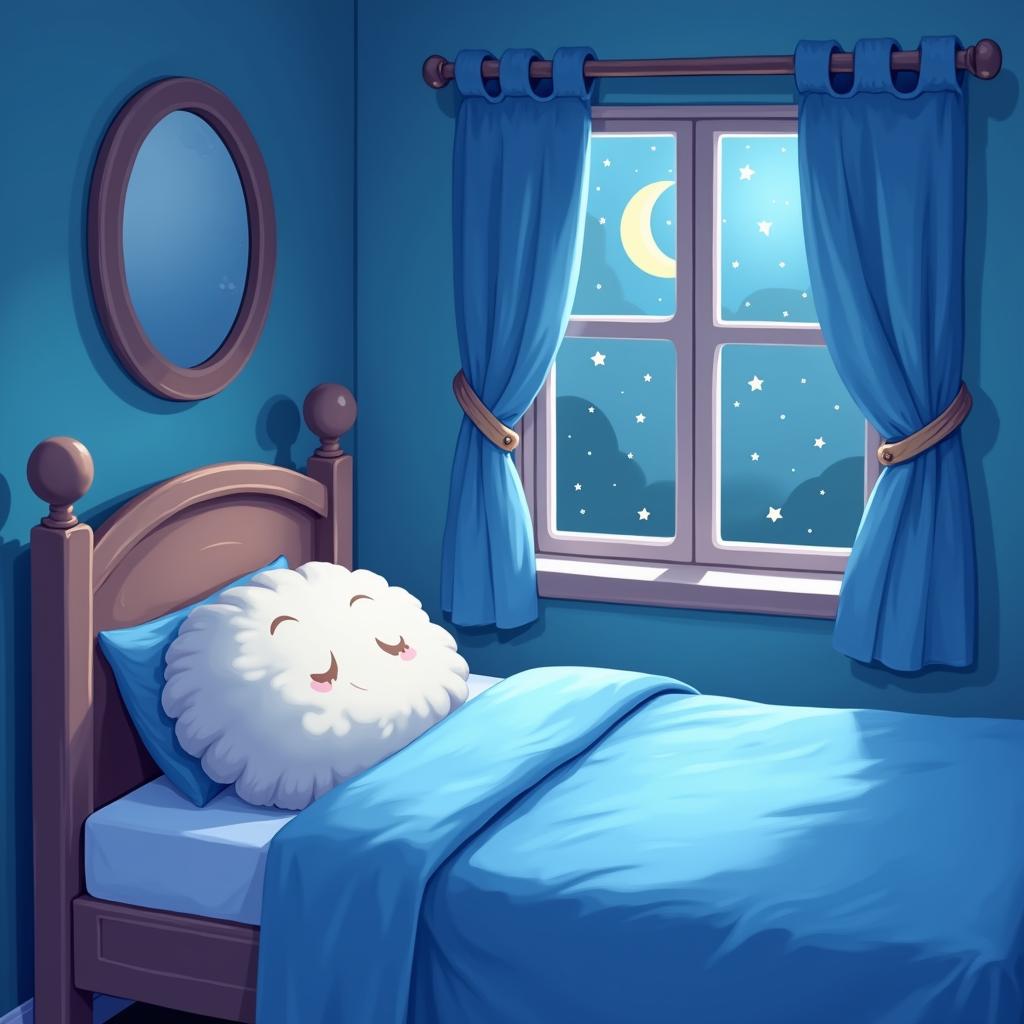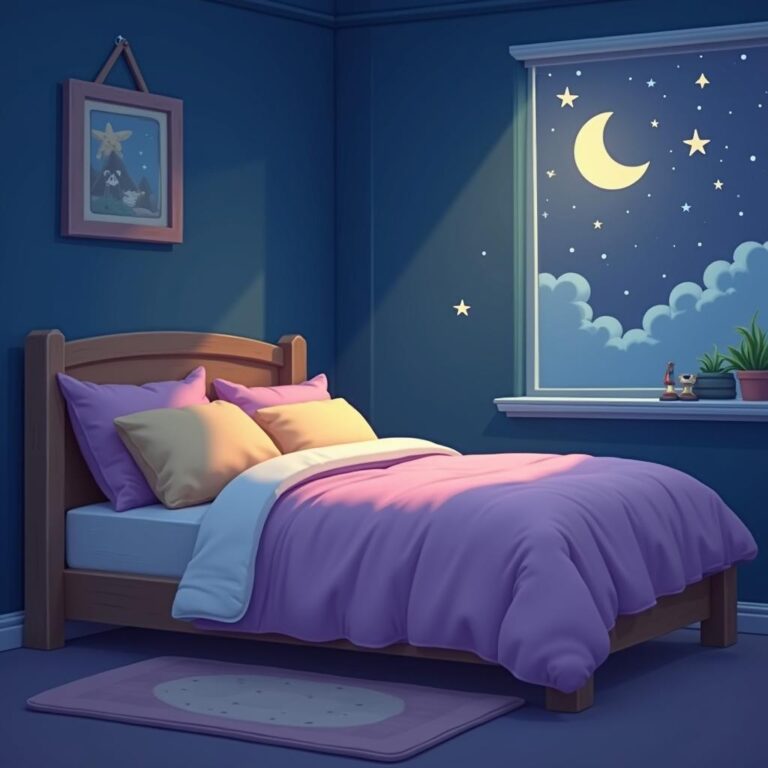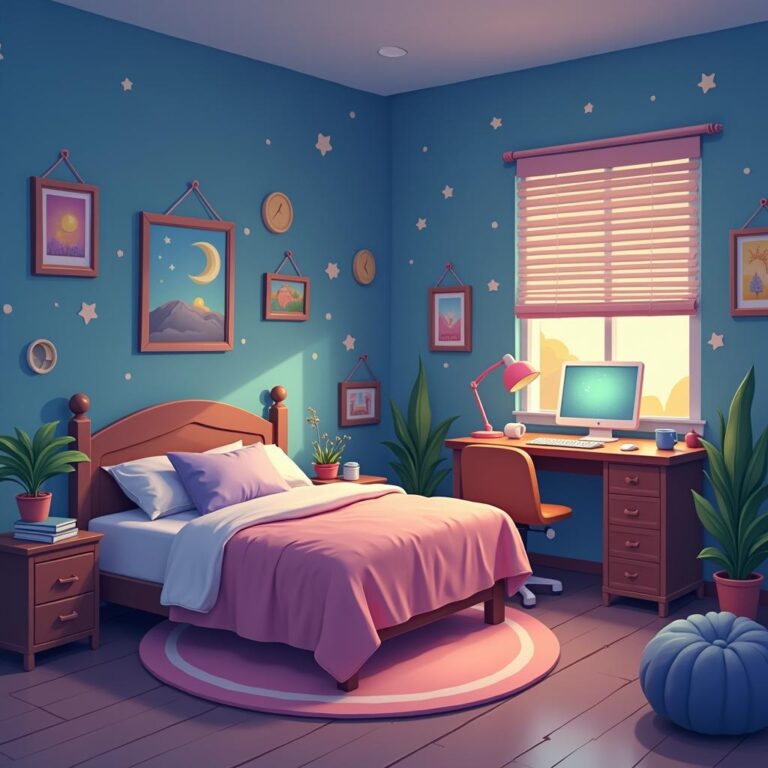Creating the Ideal Sleep Environment for Deep Rest
Understanding the Importance of Sleep
Sleep plays a crucial role in our physical health, emotional well-being, and overall quality of life. It is during deep sleep that the body repairs itself, while the mind organizes thoughts and memories. An ideal sleep environment is essential for achieving this deep rest. Let’s explore the key elements that contribute to creating the perfect space for quality sleep.
Temperature Control
The temperature of your sleep environment can significantly impact the quality of your rest. The ideal temperature for sleeping is generally between 60 to 67 degrees Fahrenheit (15 to 19 degrees Celsius). This cooler temperature helps lower core body temperature, signaling to your body that it’s time for sleep. Consider using a fan, air conditioning, or an adjustable thermostat to maintain the desired level of comfort.
Light Management
Light exposure plays a key role in regulating our circadian rhythms. To create an ideal sleep environment for deep rest, minimize light exposure in your bedroom. Invest in blackout curtains to block outside lights or use an eye mask if total darkness is not achievable. Additionally, dimming the lights an hour before bedtime can help signal your body that it’s time to wind down.
Minimizing Noise
Noisy environments can lead to fragmented sleep, reducing the quality of your rest. To cultivate an ideal sleep environment for deep rest, consider implementing soundproofing measures. Items like heavy curtains, rugs, and wall hangings can absorb sound. If you can’t eliminate noise, white noise machines or apps can create a soothing background sound that masks disruptive noises.
Comfortable Bedding
Your bed is the heart of your sleep environment. The choice of mattress and bedding is paramount for sound sleep. Choose a mattress that suits your comfort preferences—whether it be firm or plush. Additionally, invest in high-quality pillows that provide support for your neck and head. Sheets and blankets made of breathable materials like cotton or bamboo can help regulate temperature and enhance comfort. Regularly washing your bedding is also vital to maintain hygiene and freshness.
Decluttering Your Sleep Space
A cluttered environment can lead to a cluttered mind, making it harder to relax. An ideal sleep environment promotes tranquility and peace. Consider keeping your bedroom free of excessive clutter. Create a serene atmosphere through minimalistic decor. Shelves, drawers, and storage bins can help keep items organized and stored away, ensuring your sleeping area remains calm and soothing.
Creating a Calming Atmosphere
To further promote deep rest, consider the overall ambiance of your sleep environment. Soft colors, gentle lighting, and calming scents can enhance relaxation. Use calming color palettes, such as soft blues or muted greens, to create a peaceful aesthetic. Aromatherapy through essential oil diffusers can also help; scents like lavender, chamomile, and sandalwood are known to promote restful sleep.
Technology Management
In today’s digital age, the presence of technology in our sleeping spaces can hinder deep rest. The blue light emitted from screens can inhibit melatonin production, making it difficult for you to fall asleep. To create an ideal sleep environment, establish a digital curfew—put devices away an hour before bed. Consider charging phones and laptops outside of the bedroom to reduce technological distractions.
Routine and Rituals for Better Sleep
Consistency is essential when striving for deep rest. Establishing a bedtime routine can signal to your body that it’s time to wind down. Adopt relaxing rituals before sleep, such as reading a book, practicing mindfulness, or engaging in gentle stretches. This routine not only prepares you for sleep but also reinforces healthy habits that can lead to better sleep quality over time.
The Role of Humidity
Humidity can affect how comfortably you sleep. Ideally, the humidity level in your bedroom should be between 30-50%. High humidity can make the air feel warmer and stifling, while low humidity can dry out the airways and skin. Consider using a humidifier or dehumidifier to maintain a balanced environment, which can help with breathing and overall comfort during sleep.
Natural Elements in Your Sleep Environment
Incorporating natural elements can greatly enhance relaxation and create an inviting space. Plants not only purify the air but also add a soothing aesthetic. Consider low-maintenance options, like succulents or peace lilies, which thrive indoors. The presence of nature can promote a sense of calm and wellbeing, contributing to a more restful sleep environment.
Personalize Your Sleep Environment
Your sleep environment should reflect your personal preferences and comfort. Take some time to identify what makes you feel calm and relaxed. Whether it’s specific scents, colors, or textures, personalize your space to increase its tranquility. A comfortable and tailored environment can enhance your overall sleep experience, paving the way for deep rest.
Conclusion
Creating the ideal sleep environment for deep rest involves a multifaceted approach that incorporates temperature control, light management, comfort, and personalization. By optimizing your space to be a sanctuary of relaxation, you can significantly enhance the quality of your sleep. Remember, establishing good sleep hygiene and routine greatly contributes to achieving deeper rest and better overall well-being. Take the time to invest in your sleep environment, and you’ll reap the benefits in your daily life!







